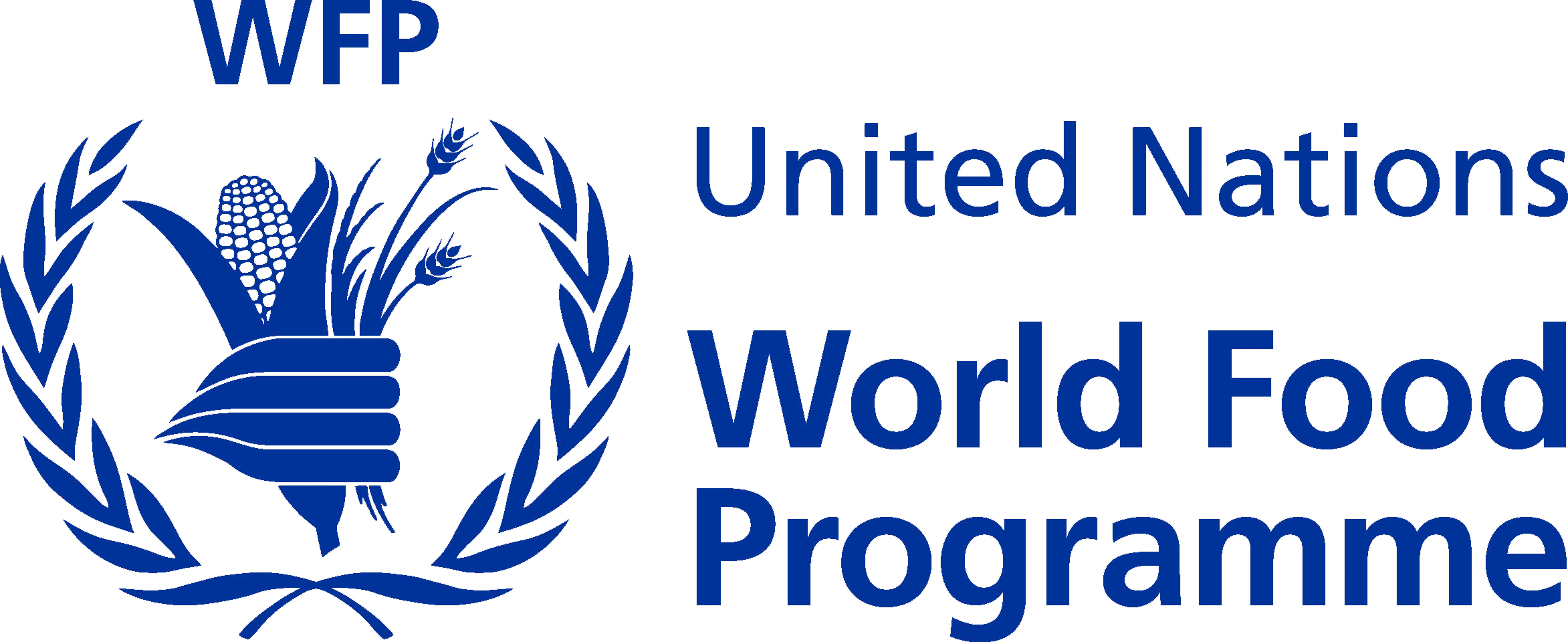by Frega R, Lanfranco JG, De Greve S, Bernardini S, Geniez P, Grede N, Bloem M, de Pee S.
Food Nutr Bull. 2012 Sep;33(3 Suppl):S228-34.
Background – Linear programming has been used for analyzing children’s complementary feeding diets, for optimizing nutrient adequacy of dietary recommendations for a population, and for estimating the economic value of fortified foods.
Objective – To describe and apply a linear programming tool (“Cost of the Diet”) with data from Mozambique to determine what could be cost-effective fortification strategies.
Methods – Based on locally assessed average household dietary needs, seasonal market prices of available food products, and food composition data, the tool estimates the lowest-cost diet that meets almost all nutrient needs. The results were compared with expenditure data from Mozambique to establish the affordability of this diet by quintiles of the population.
Results – Three different applications were illustrated: identifying likely “limiting nutrients,” comparing cost effectiveness of different fortification interventions at the household level, and assessing economic access to nutritious foods. The analysis identified iron, vitamin B2, and pantothenic acid as “limiting nutrients.” Under the Mozambique conditions, vegetable oil was estimated as a more cost-efficient vehicle for vitamin A fortification than sugar; maize flour may also be an effective vehicle to provide other constraining micronutrients. Multiple micronutrient fortification of maize flour could reduce the cost of the “lowest-cost nutritious diet” by 18%, but even this diet can be afforded by only 20% of the Mozambican population.
Conclusions – Within the context of fortification, linear programming can be a useful tool for identifying likely nutrient inadequacies, for comparing fortification options in terms of cost effectiveness, and for illustrating the potential benefit of fortification for improving household access to a nutritious diet.
You can find more posts about linear programming clicking here.
– – –
NB – To follow up this topic (or others), enter your email in the rectangle at the bottom/right side of this page (you can un-subscribe any time).
